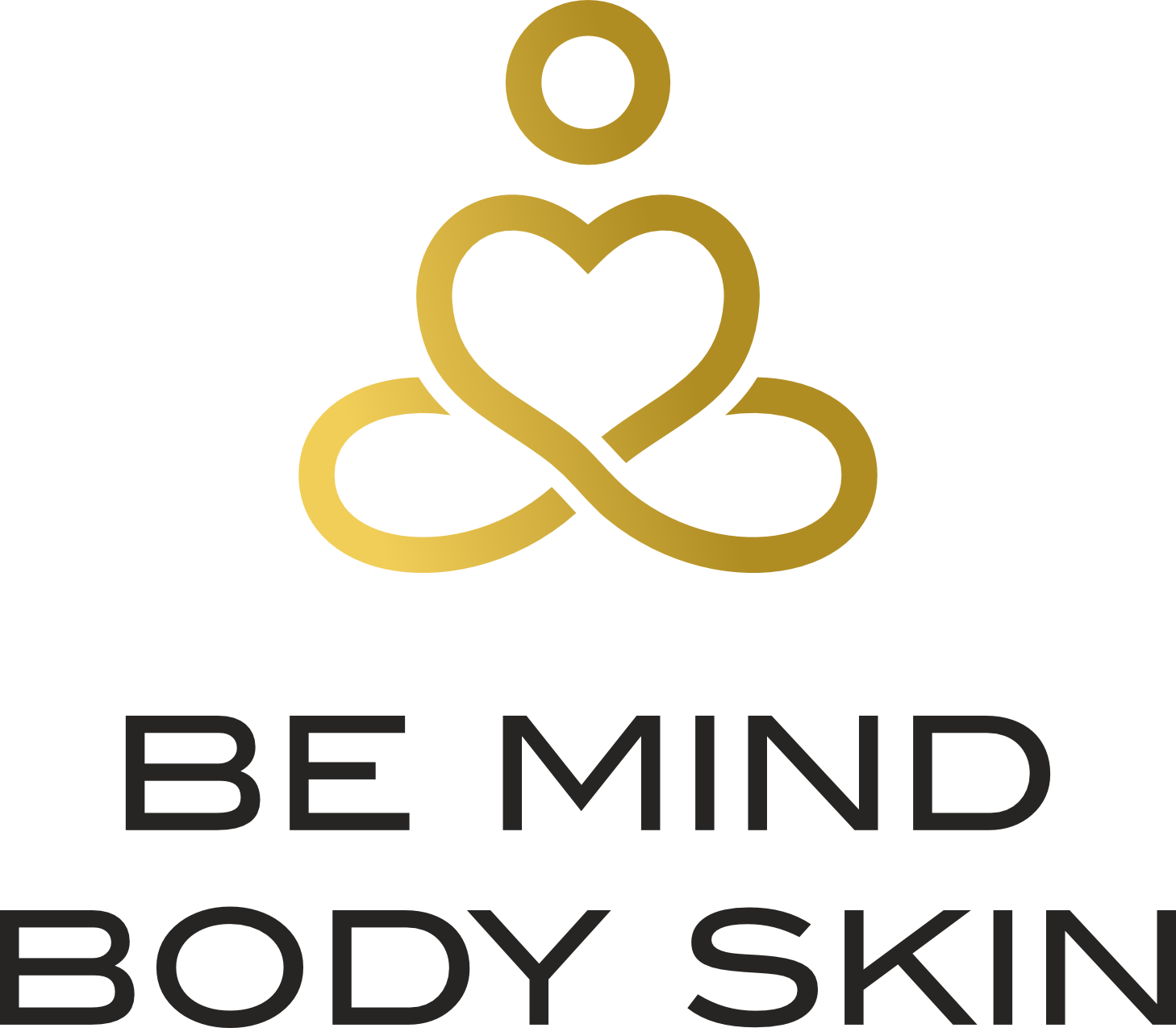Longing for Radiant Skin? 10 tips to Keep your Pitta in balance
Ayurveda describes about three dosha’s Vata, Pitta and Kapha whose equilibrium is the cause of healthy state of body and mind. Among these, Pitta governs our metabolism as well emotional and mental wellness.
How will you know if your Pitta went out of balance?
You are prone to acidity, burning sensation in stomach, or heart burn frequently.
Nausea associated with distaste in mouth when you wake up
Your skin is easily prone to allergies, rashes, acne or cold sores
No matter what the outside temperature is you always gets a heated feeling inside the body
You get angry and irritated fast
You have frequent diarrhea or passes bowels more than twice a day
If you have any 2 or more of the above-mentioned symptoms, no doubt your Pitta is out of balance.
Each of us have a unique mix of biological humors in the body called as Prakrithi or constitution. The Sanskrit prefix Pra means original and Krithi means creation. And remember the inborn constitution or Prakrithi of a person remains the same throughout his life. It cannot be altered.
The classical Ayurveda textbook ‘Ashtangahridaya’ by scholar Vagbhata says a simile about Prakrithi which can help you understand more about this vast concept. The venom which is inside a serpent’s body is not poisonous to it, similarly the predominant dosha with which you are born or your inborn constitution will not be harmful to you. It simply means, if you are a Pitta dominant person, do not worry about the symptoms which I have mentioned above. Those are the symptoms which happen when Pitta goes out of balance.
In middle age or Youth, there will be natural increase in Pitta in the body. If you have noticed youth is such a period of life when you get angry for no reason, and you tend to get acne and so many skin problems. This is mainly due to the increased Pitta for those age group.
Excess Pitta in skin can result in rashes, acne, psoriasis, red inflamed appearance of skin, eczema, dermatitis etc. As per Ayurveda principles Pitta and raktha or blood tissue are interconnected. Impure blood or blood accumulated with toxins can be a reason for various skin problems. Ayurveda scholar Susruta has described blood as the fourth dosha after Vata, Pitta and Kapha which implies the importance of blood tissue in healthy skin.
Now we can check how can you keep Pitta in balance naturally for a radiant skin?
Eat more of Pitta pacifying or cooling foods.
If you know the basics of Ayurveda, you might be familiar with the fact that ‘samanyam vridhi karanam’ which means like increases the like. If you are a Pitta predominant person, or you feel like your Pitta is out of balance follow a cooling diet so that further vitiation of dosha does not take place.
Follow 10-20 minutes of Abhyanga or self-massage daily with a cooling Pitta pacifying oil. (You can explore our range of massage oils from Kyvta )
Exercise according to your strength. Swimming or Yoga is an ideal form of exercise for Pitta.
Drink lots of water – if possible have fennel tea couple of times a day
Enjoy Pitta pacifying aromas in work place and bedroom like lavender, sandalwood, mint, jasmine etc.
Administer Panchakarma– to be more specific Virechana (Purgation) therapy once in 6 months.
When you chose a cosmetic product for your skin, go for all-natural organic products. I believe if you can’t eat it, don’t apply it on your skin.
Cleanse your skin naturally with chickpea flour and yoghurt. Mix equal quantities of chickpea flour and yoghurt and apply it over your face. Wash off with cold water after 20 minutes. Do these twice a week to exfoliate naturally.
After bath, apply jojoba oil to seal in the moisture and luster of skin.
Keep your mind calm and practice yoga and meditation. Get good 8 hours of sleep at night. Remember like external therapies internal wellbeing is also important for glowing skin.
To find out more on how we can customize your skin care using Ayruveda and Elemental Balance please schedule a Virtual consult.


